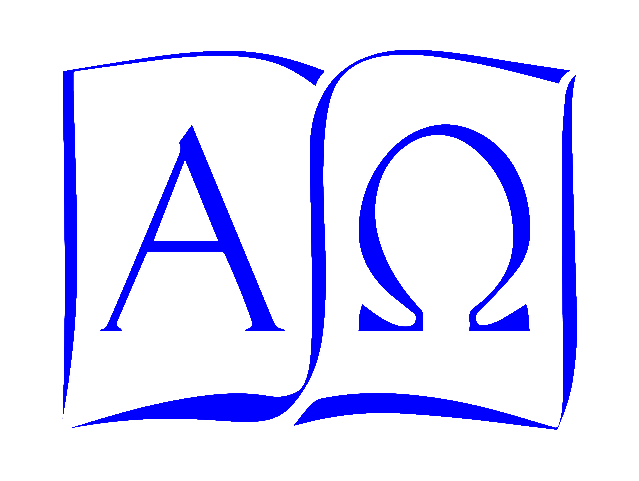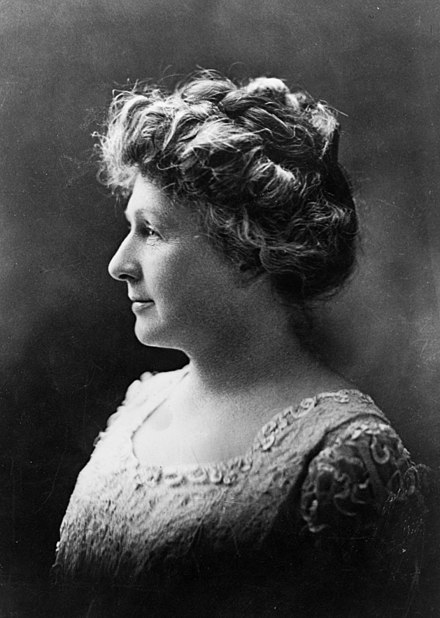There are days when fatigue sets in early as the repetitive nature of certain tasks drains away any enthusiasm I might have had for studying or teaching or experimenting with new ways to present ideas or organize information. On the days when my patience is very short, I am ready to give up by the twentieth or even dozenth time something doesn’t quite work.
So it is a good thing that today we can consider Annie Jump Cannon, born Dec 11, 1863 in New Jersey in the middle of a civil war. As a child, she studied astronomy and mathematics with her mother; later at her local private preparatory school she graduated at the head of her class in 1880. She studied physics and astronomy at Wellesley College, which had been founded in Massachusetts as a female seminary only a decade earlier. But few opportunities existed for women physicists when she graduated in 1884, and she returned home to study and travel, becoming a proficient photographer. She contracted scarlet fever on her return from a European tour in 1893, an illness that left her nearly deaf.
Despite her deafness and nearly a decade’s absence from academic work, when her mother died in 1894, Cannon asked her former Wellesley physics teacher for employment, and was hired as an assistant physics teacher. Because it was nearby, she was able to enroll as a special student at Radcliffe and continue her studies in astronomy and the new methods of spectroscopy. The proximity of Radcliffe to Harvard gave Cannon access to the Harvard College Observatory, and by 1894, she has secured a job there, working as Edward Pickering’s assistant and a member of the “Harvard Computers”, women who had been hired to analyze photographic and spectrographic plates from the observatory, identify stars for the Henry Draper Catalogue, and classify them into groups with similar spectra.
Cannon’s work ethic was amazing. As she became familiar with spectral patterns, she was able to classify more than a hundred stars an hour. During the day, she classified stars on the photographic plates made by the male astronomers of Harvard; frequently at night she carried out her own observations to verify her analysis. Her coworkers, Antonia Maury and Willamina Fleming, proposed competing systems of classification based on temperature (Maury) and chemical composition (Fleming). Cannon merged and rearranged these into groups that reflected both composition and temperature, although her classes ignored some aspects of Maury’s system that would later become important in recognizing the stages of stellar evolution. Her classification system was officially adopted in 1922 by the International Astronomical Association and is still in use today.
Several years ago, the Wolbach Library launched the PHaEDRA (Preserving Harvard’s Early Data and Research in Astronomy) project. One of the methods they used to catalog, digitize, transcribe, and create metadata for the 2500 notebooks produced by Maury, Fleming, Cannon, and their coworkers is a crowdsource project called “Star Notes” at the Zooniverse website (here). Anyone can sign up to help…so of course, I did. As one of the contributors, I was able to examine these notebooks and help link the written notes back to the glass plates they described. It was a humbling experience to read the lists of stars, magnitudes, positions, and classifications, precisely and carefully set down without erasures or rub-outs.
Cannon herself classified over 350,000 stars according to their stellar spectra. It is worth studying her life and learning to emulate her precision, dedication, and patience.

